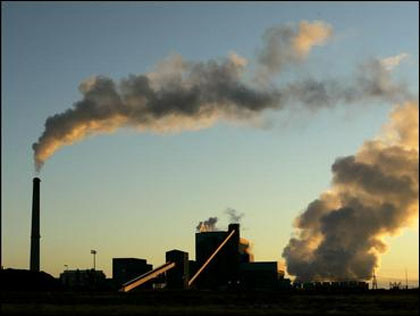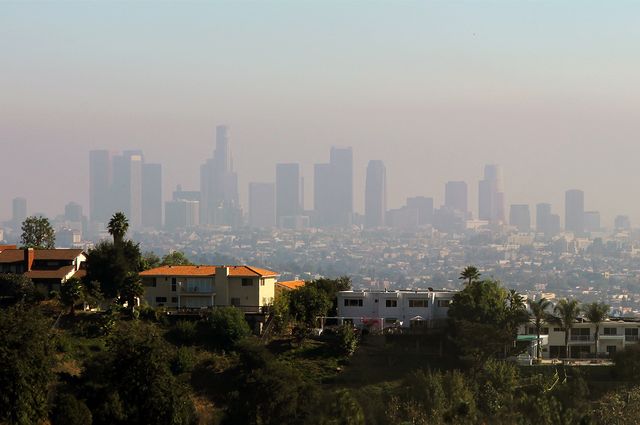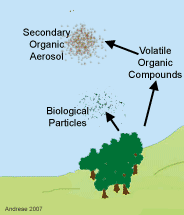 Photo source: CANUE
Photo source: CANUE
Canada is an urbanized country with over 80 per cent of Canadians living in urban areas and growing numbers of new immigrants that tend to settle in urban areas. To meet the need to learn how to design and modify cities to improve population health, the Canadian Urban Environmental Health Research Consortium (CANUE) was established in June 2016. Continue reading








